
In October 1966, in a lengthy profile of a young English actor on the rise, LIFE magazine took a stab at describing what would in time be recognized not only as one of the most extraordinary instruments in all of movies, but a pop-culture touchstone ripe for endless, loving parodies: Michael Caine’s voice.
“When Michael Caine talks about himself,” the magazine told its readers, “his voice is soft and couched in an accent that Englishmen call ‘London,’ a nondescript Cockney derivative with the harsh edges honed off and the aspirates intact.” That’s pretty good, especially the part about the aspirates, and with a little bit of effort most of us can easily conjure the sound of that “nondescript Cockney” in our heads — or, in all likelihood, the sound of people gleefully impersonating the octogenarian movie star.
[MORE: Watch Steve Coogan and Rob Brydon engage in dueling Caine impressions.]
But when LIFE published its 1966 feature on Caine (born Maurice Joseph Micklewhite in the Rotherhithe district of London on March 14, 1933), the actor was far from the two-time Oscar-winning screen legend he was eventually to become. He had starred in two movies that had put him on the map, as it were, and got him noticed outside of England — as a spy in The Ipcress File (1965) and as a Cockney Casanova in the classic British film, Alfie (1966) — but the titles that would put him on the path to legend status were still years away. Those movies, like The Italian Job, Get Carter, Sleuth, Educating Rita, Hannah and Her Sisters, Cider House Rules, Little Voice, The Quiet American and on and on, have shown Caine to be as versatile an actor as one is ever likely to see.
And then there are the duds. Anyone who has acted in more than 100 movies is, of course, going to have some bombs on his hands. But in Sir Michael’s case, calling more than a few of his titles godawful is putting it mildly. The Island. Jaws: The Revenge. Blame It on Rio, for chrissake. These are movies that most actors would probably disown if they could. But to Caine’s credit, he has always been completely upfront about why he makes so many movies, even if some of them are abominations. He does it, he says, because of the money — which is often very, very good — and because it’s his job. As the son of a father who worked in a fish market and mother who worked as a house cleaner, Caine never believed there was any shame in being poor — but he sure as hell would rather be rich. And if occasionally working in a movie he knew was going to be rubbish helped pay the bills, well, that’s what people worked for. His job just happened to allow him the luxury of traveling the world and hanging out with incredibly attractive women.
As the years passed, the excellence of Caine’s best performances has cast such a forgiving light on his more terrible movies that it’s been easy to forgive him his cinematic trespasses, while his disarming honesty about his willingness to work in mediocre projects for a fat paycheck has come across as refreshingly honest and self-deprecating.
Here, as Michael Caine turns 80, LIFE.com celebrates the man’s career with a series of previously unpublished photos from 1966, made by LIFE’s Bill Ray. Of Caine himself — who at the time was divorced from his first wife, Patricia Haines (1932 – 1977) but had not yet married the woman to whom he’s still married today, the former model Shakira Baksh — Ray recalls that “there is a very fine line between being lazy and being laid back, and Caine knew exactly were that line was. He worked all the time but never broke a sweat. He always knew his lines, but was in no hurry to blurt them out. If things broke down on the set, he was happy in his trailer listening to The Four Tops or grabbing a nap. He was simply made for the movie business.”
As for the women — the many women — who happened to be in the vicinity of Caine during the assignment, Ray remembers that Caine “seemed to be a magnet, without ever lifting a finger. And that was another part of the laid-back thing. He seemed to have perfected a way to make things look easy, and so things became easy. Most guys would be happy to kill themselves, walk the burning desert, crawl on broken glass to bed a beautiful girl. But not Caine. He wouldn’t walk across the street. But if a drop-dead gorgeous girl did the walking, and if it wasn’t dinner time, he was more than happy to oblige. You could really hate a guy like that — except that he was so charming, so smooth, that you were very happy to be around him, hoping some of it would rub off on you — which, of course, it didn’t!
“That sort of magic,” Ray continues, “would have been much easier to take if Caine had been half as good looking as, say, another young Cockney, like Terence Stamp. He wasn’t. But charming, fun, and easy to be around and work with, he definitely was.”
Liz Ronk, who edited this gallery, is the Photo Editor for LIFE.com. Follow her on Twitter at @LizabethRonk.






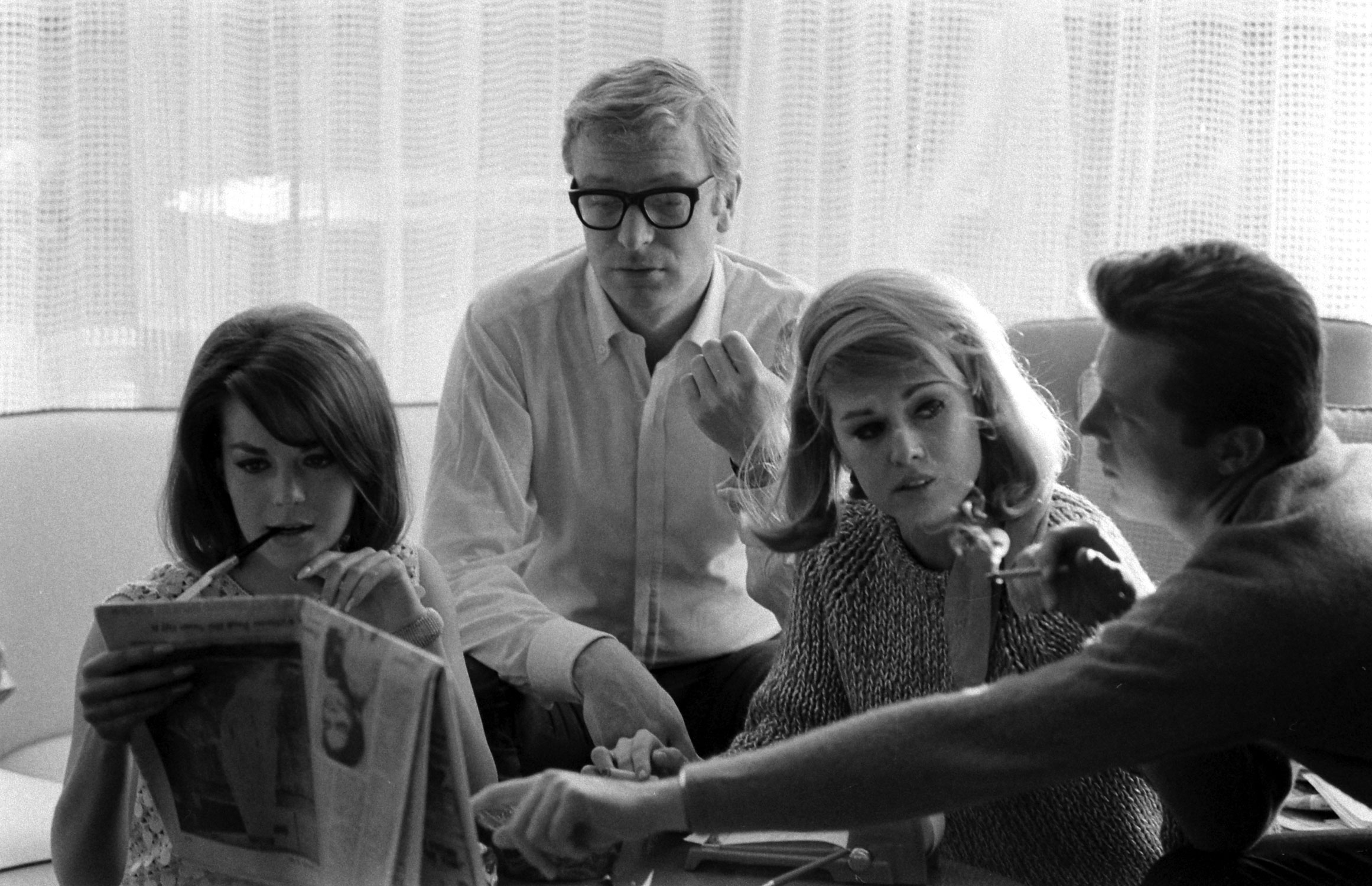


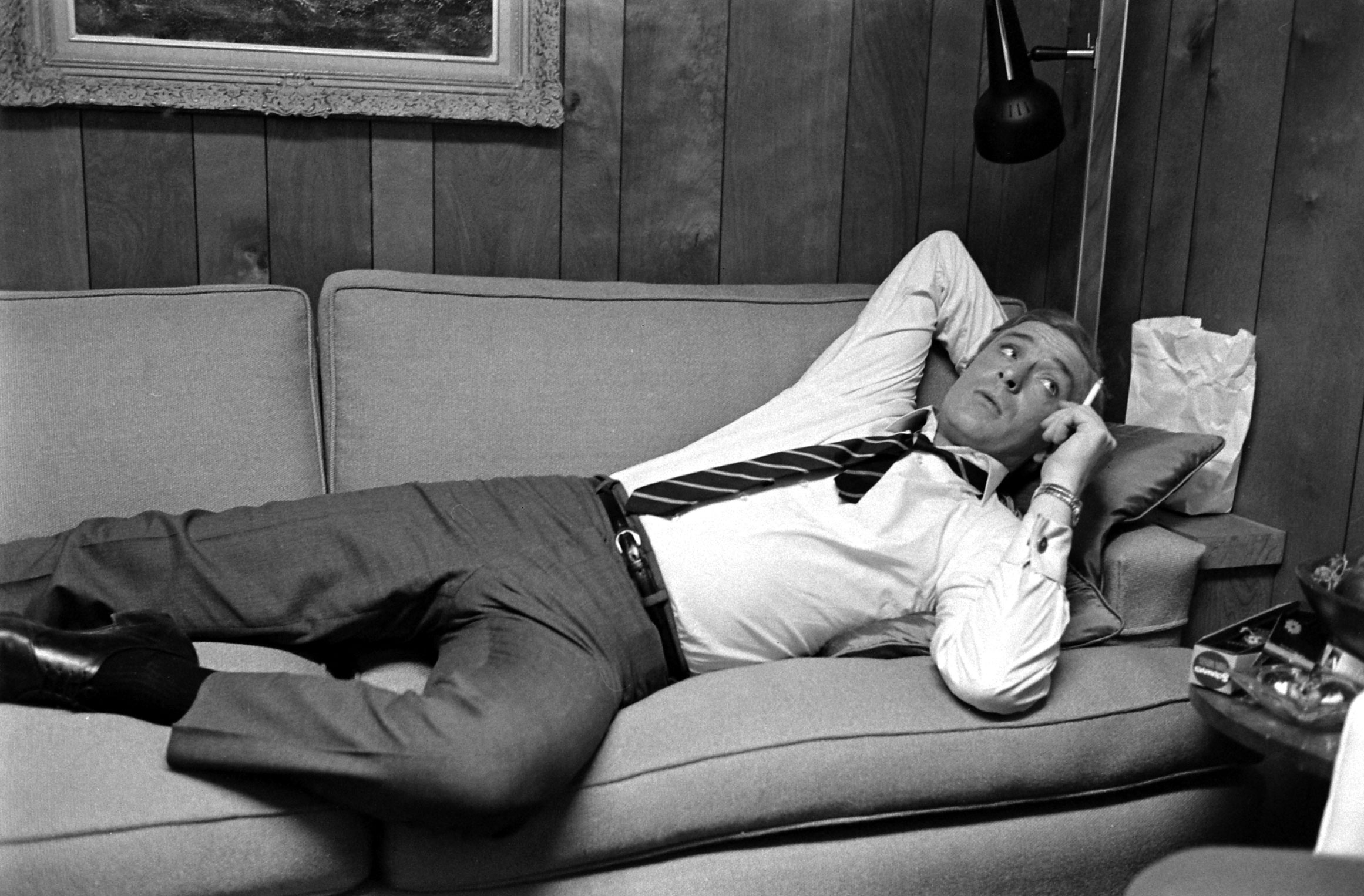


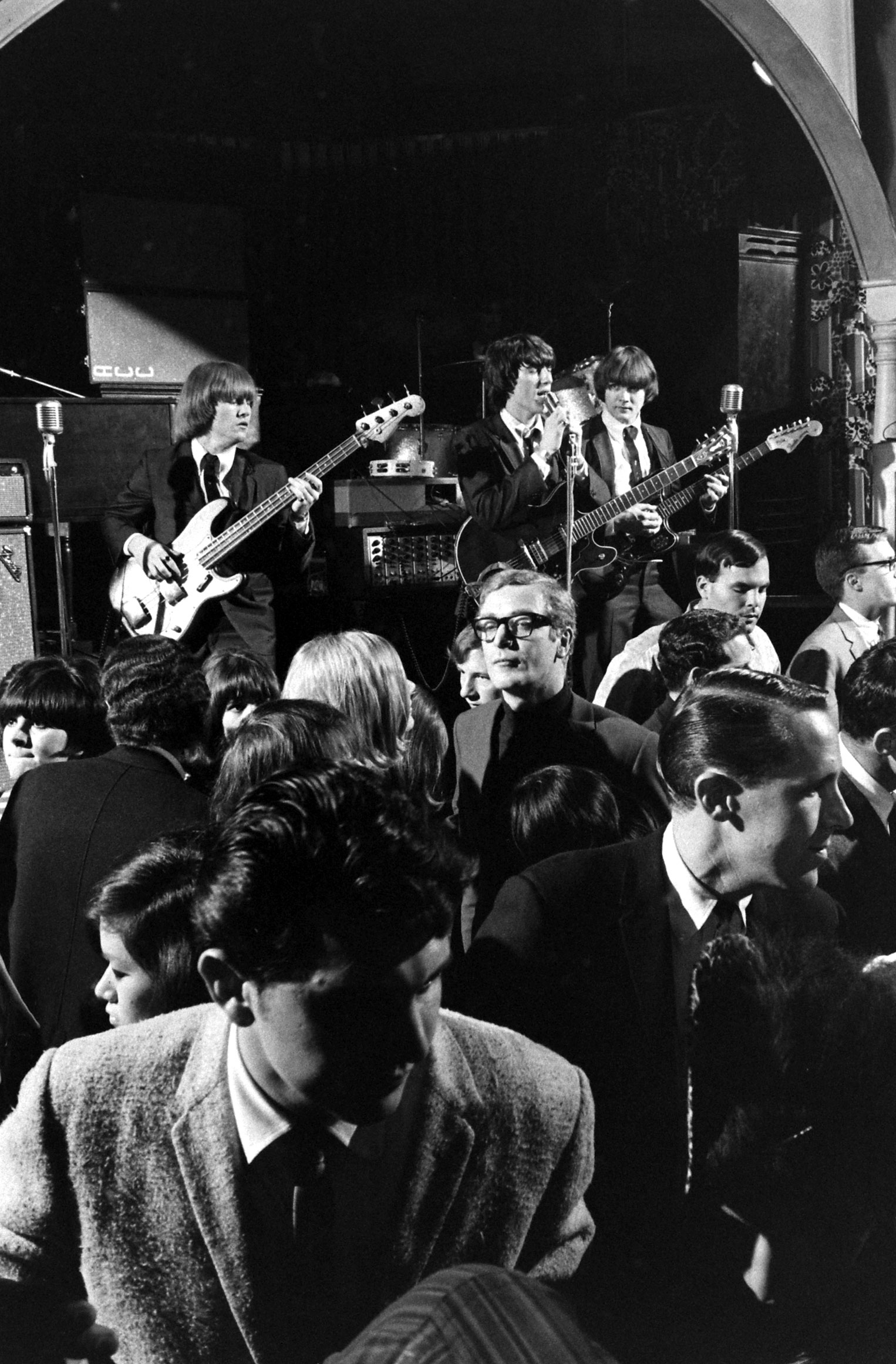



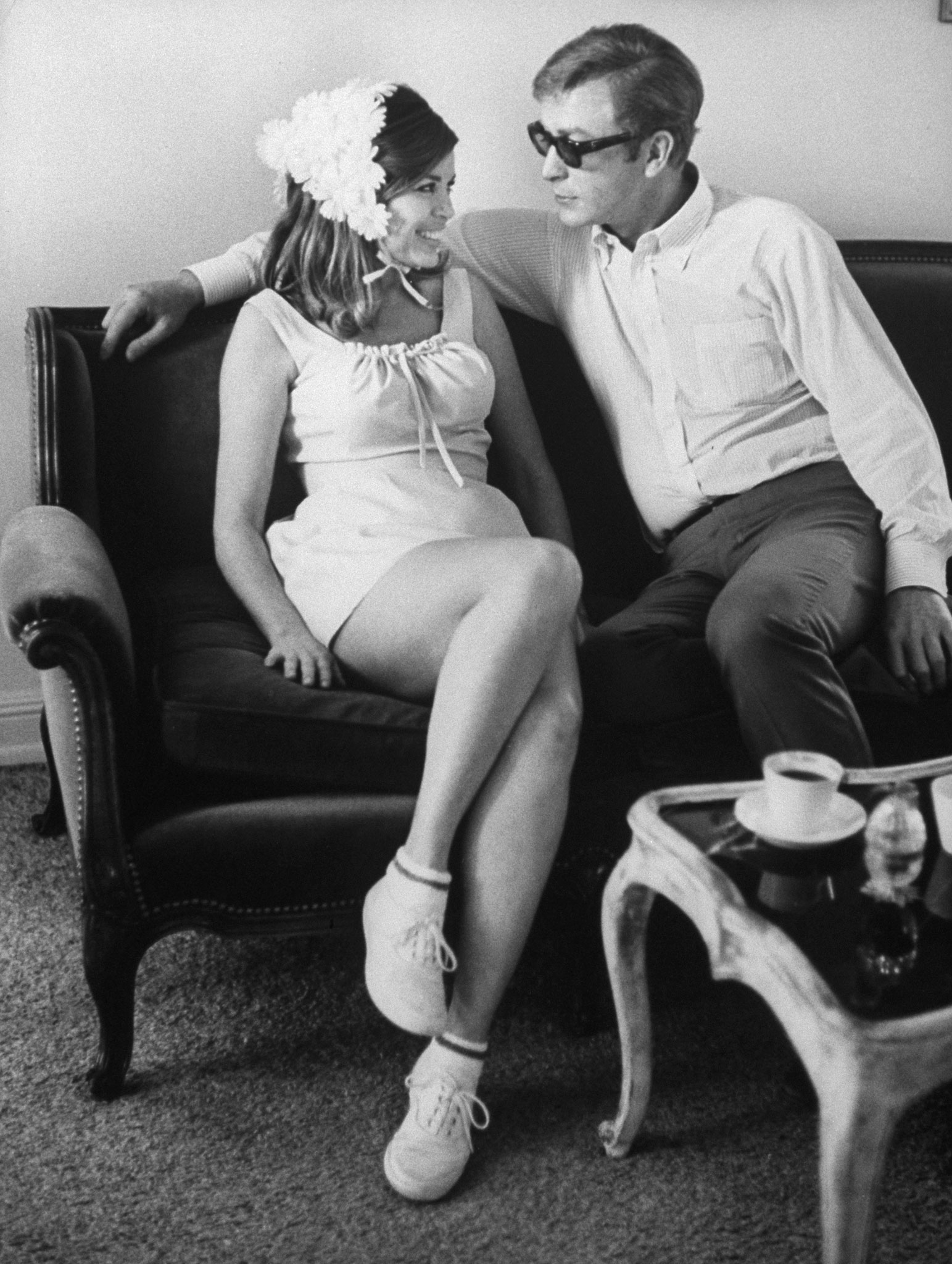
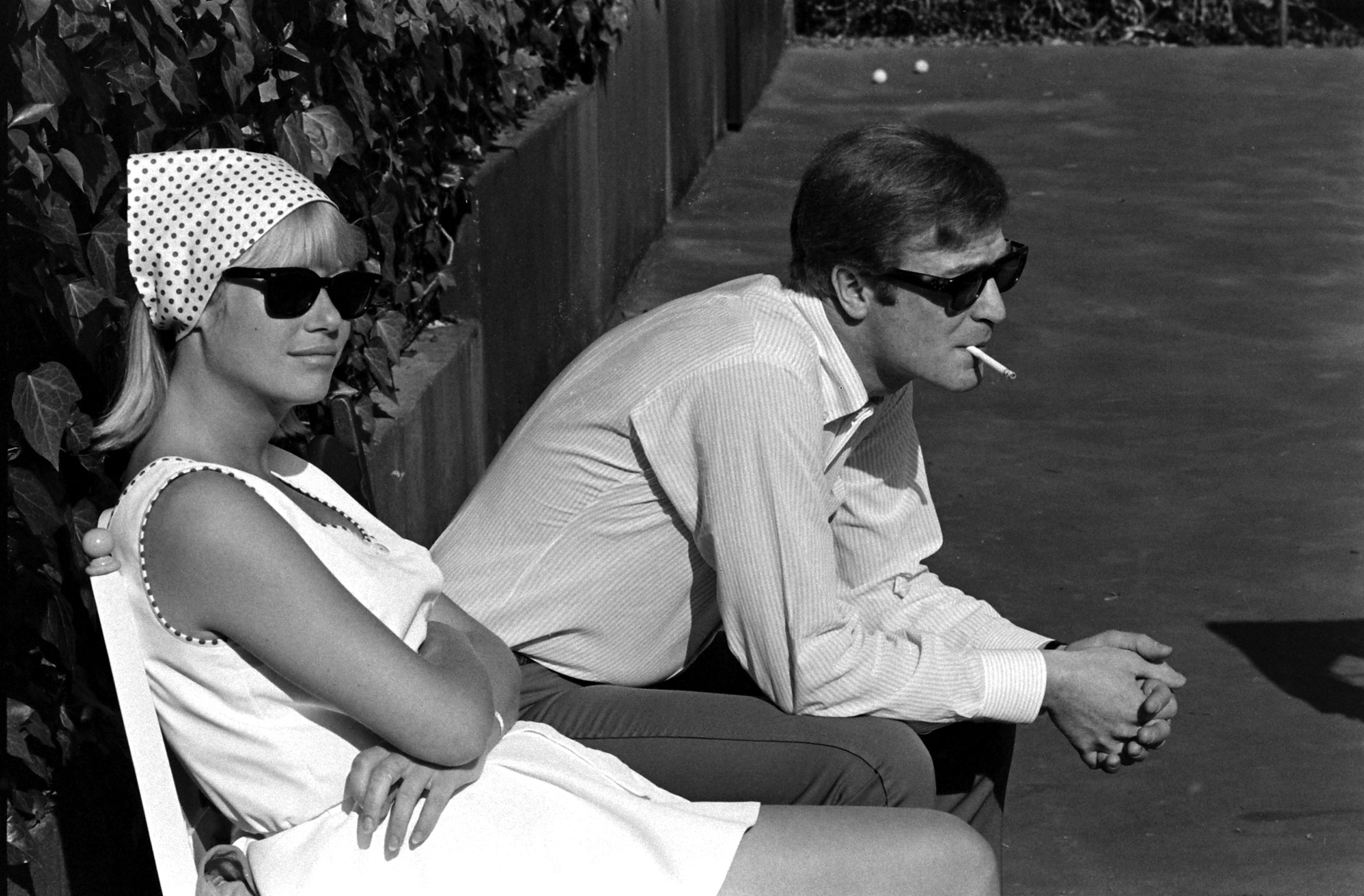
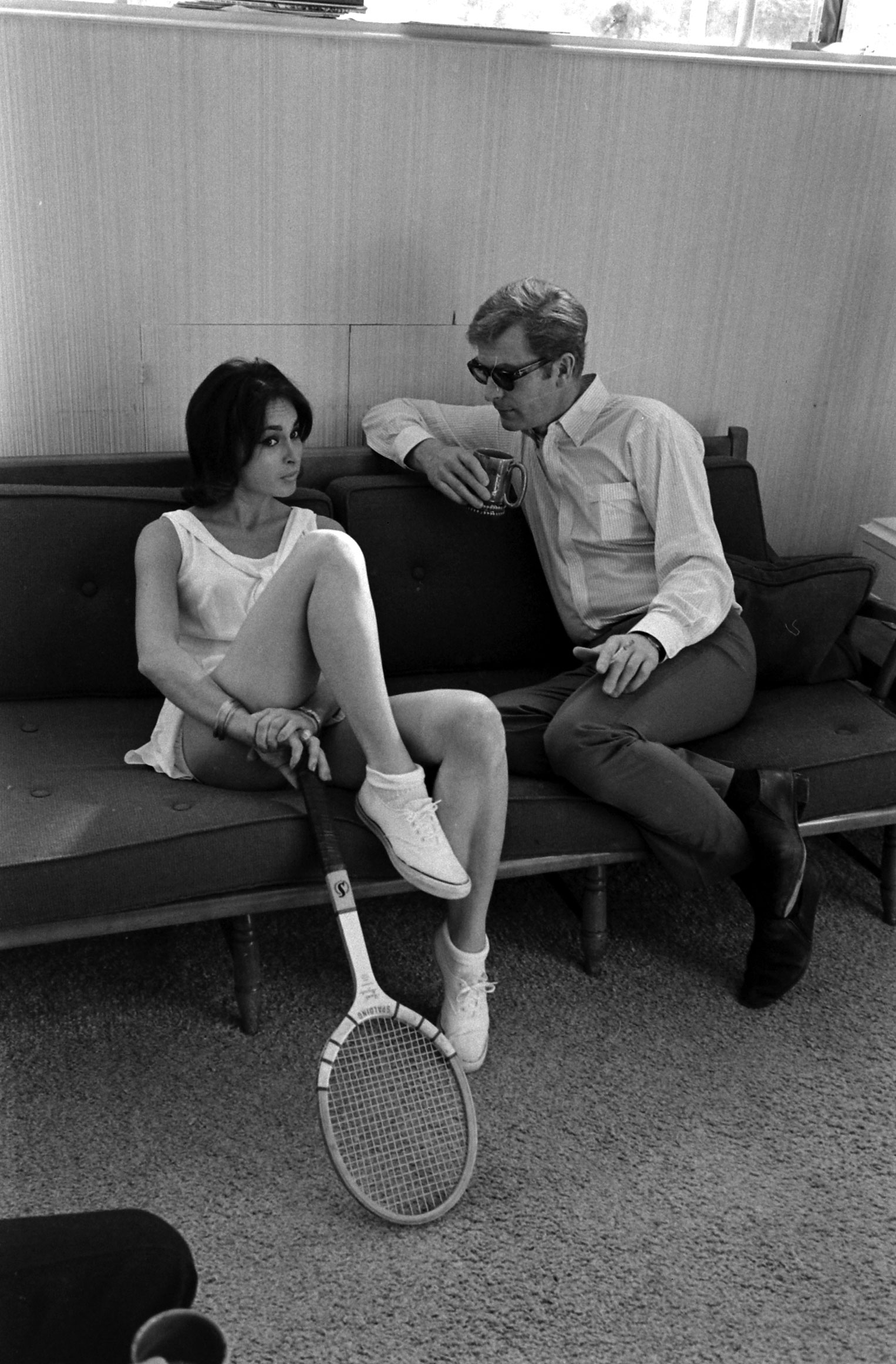

More Must-Reads from TIME
- Cybersecurity Experts Are Sounding the Alarm on DOGE
- Meet the 2025 Women of the Year
- The Harsh Truth About Disability Inclusion
- Why Do More Young Adults Have Cancer?
- Colman Domingo Leads With Radical Love
- How to Get Better at Doing Things Alone
- Michelle Zauner Stares Down the Darkness
Contact us at letters@time.com